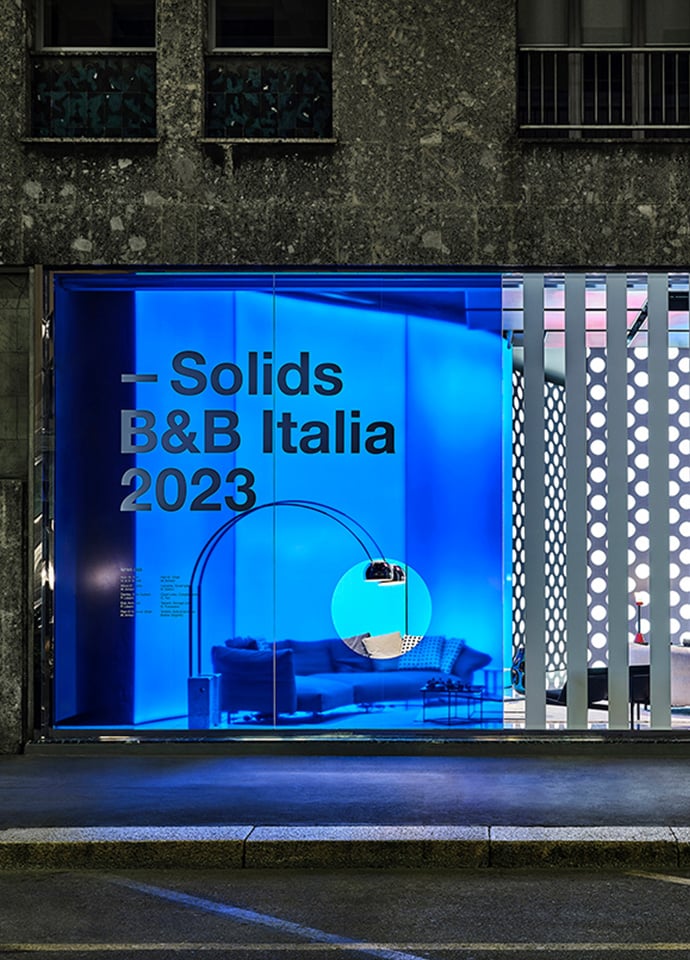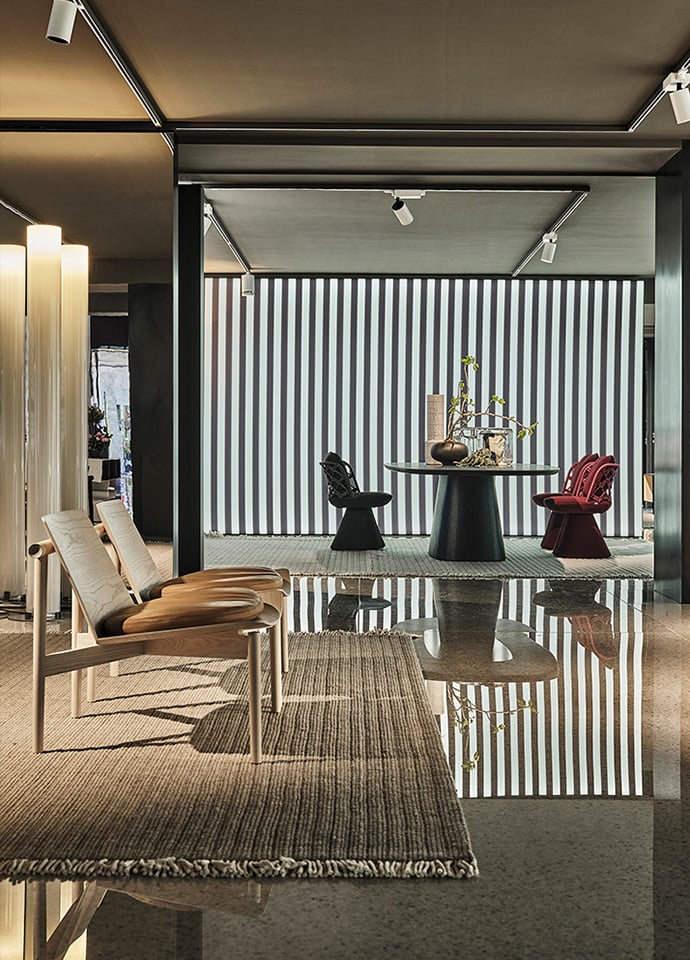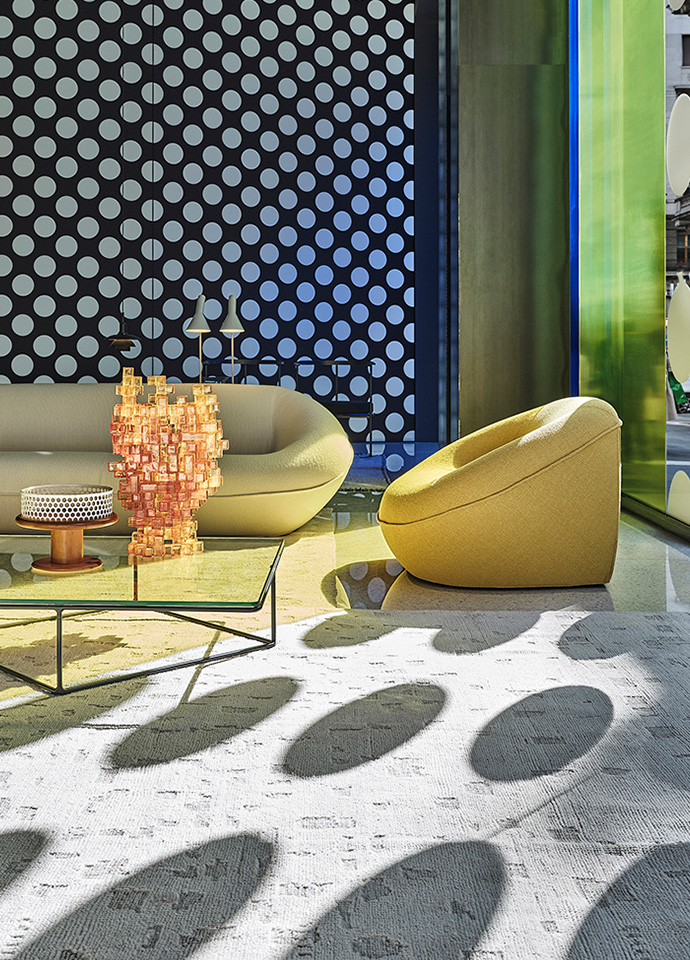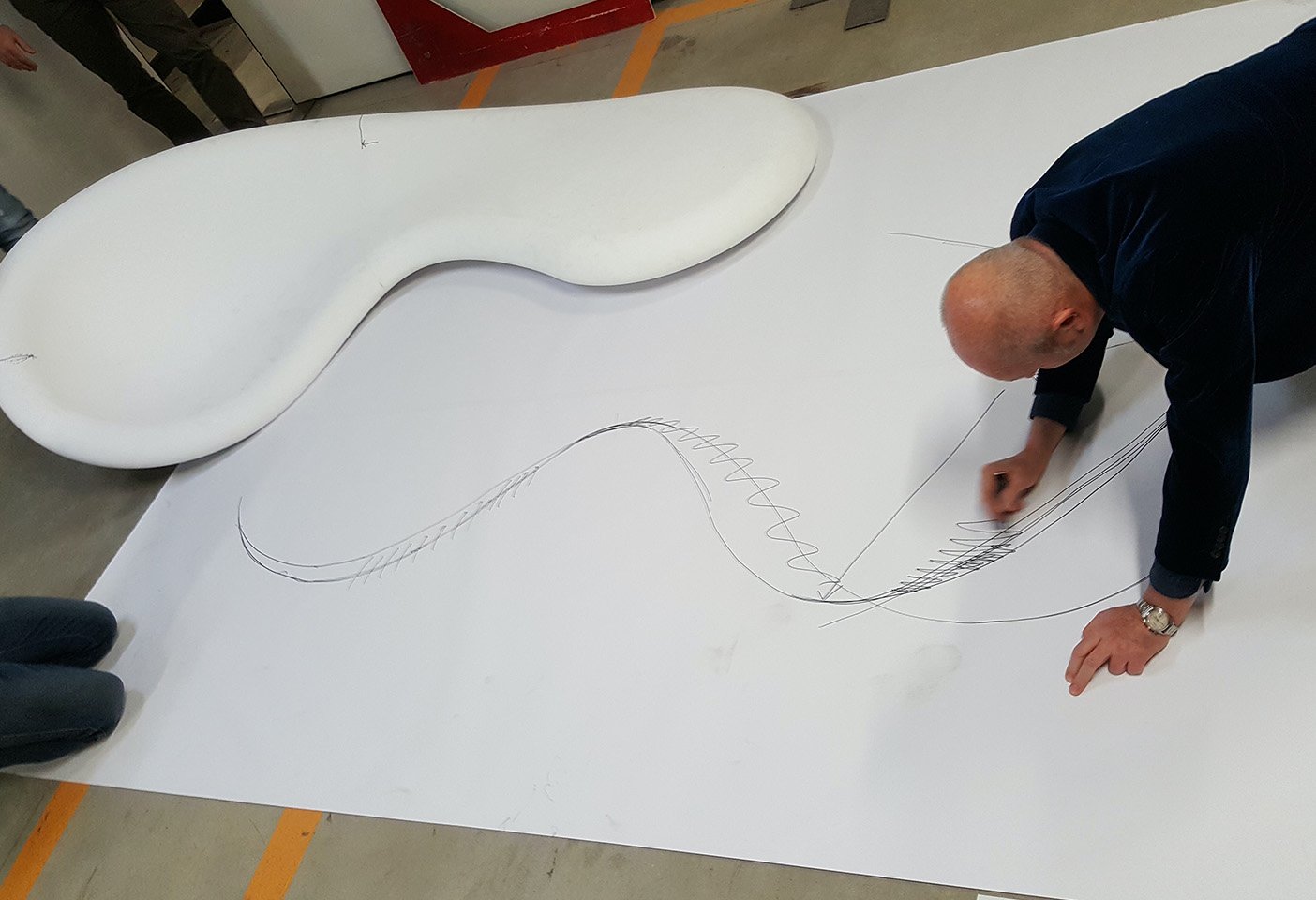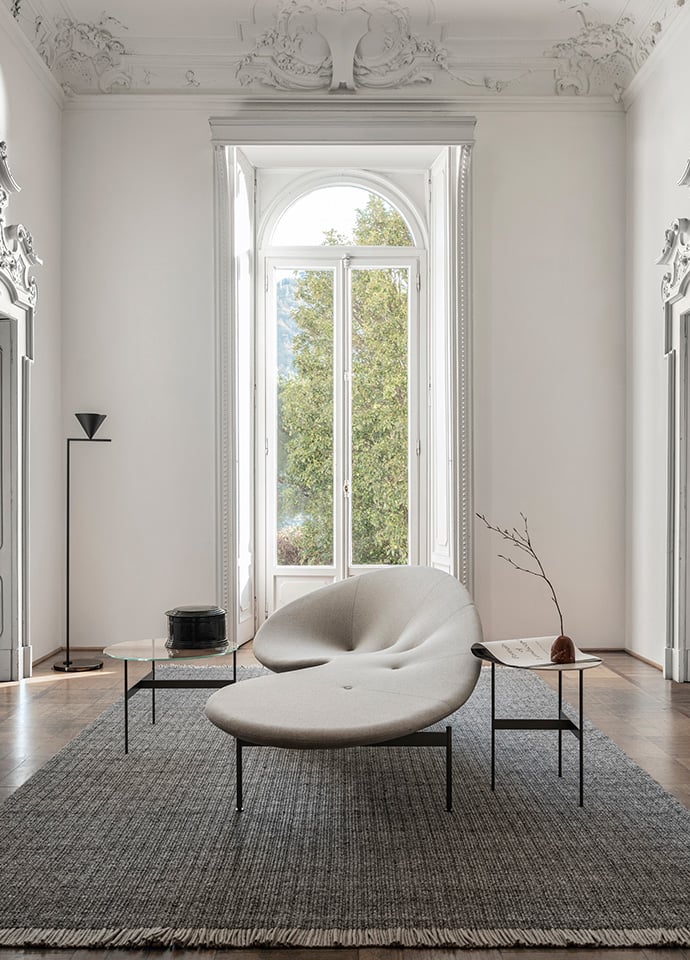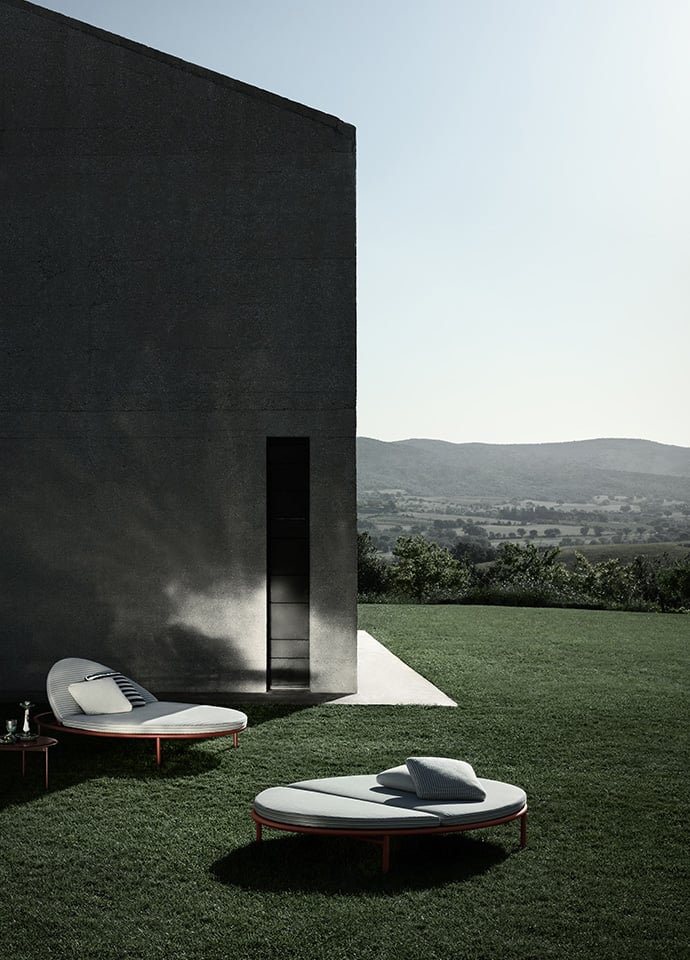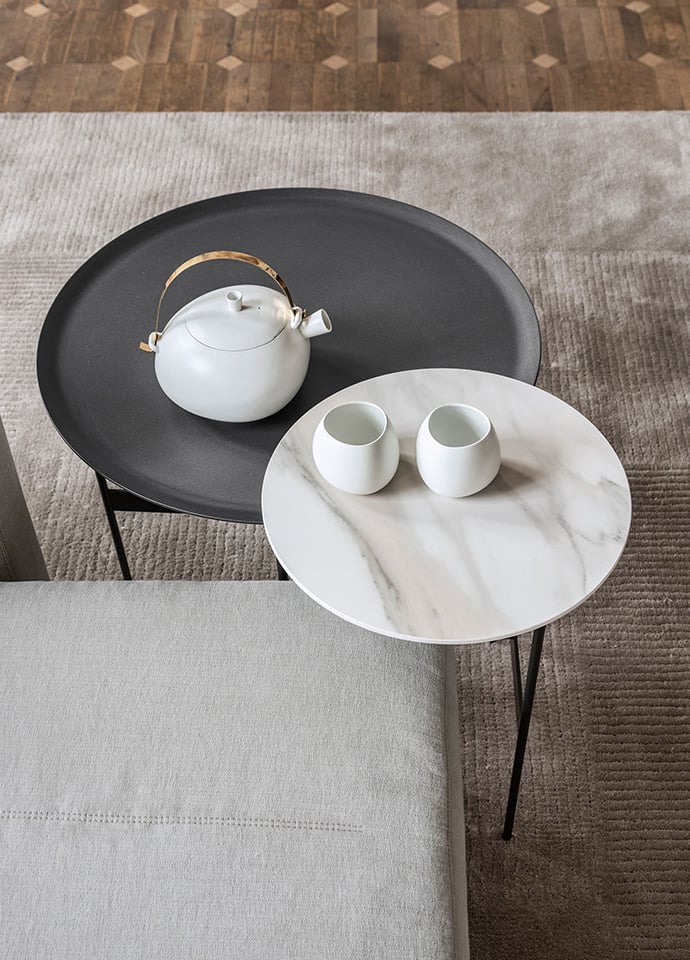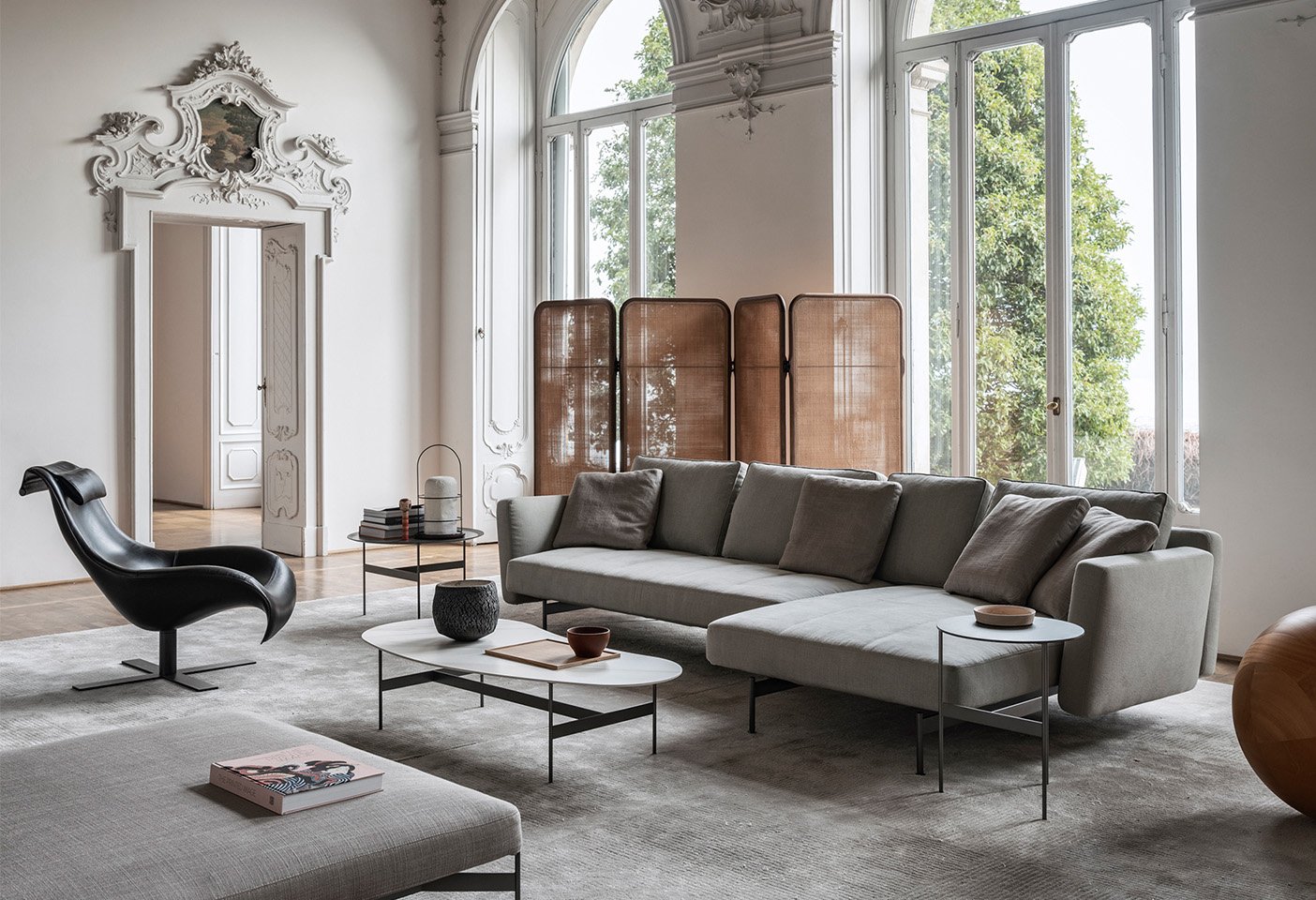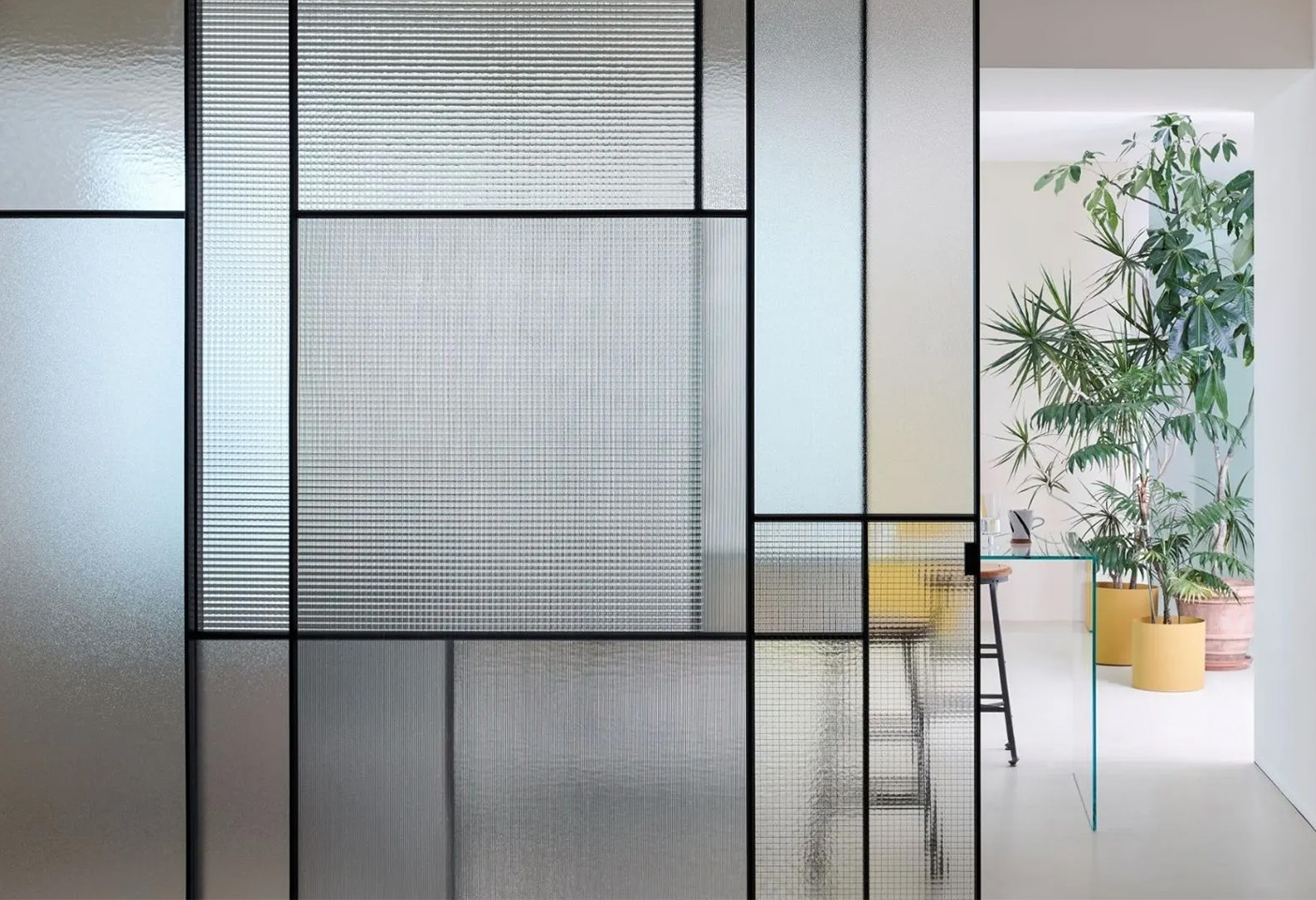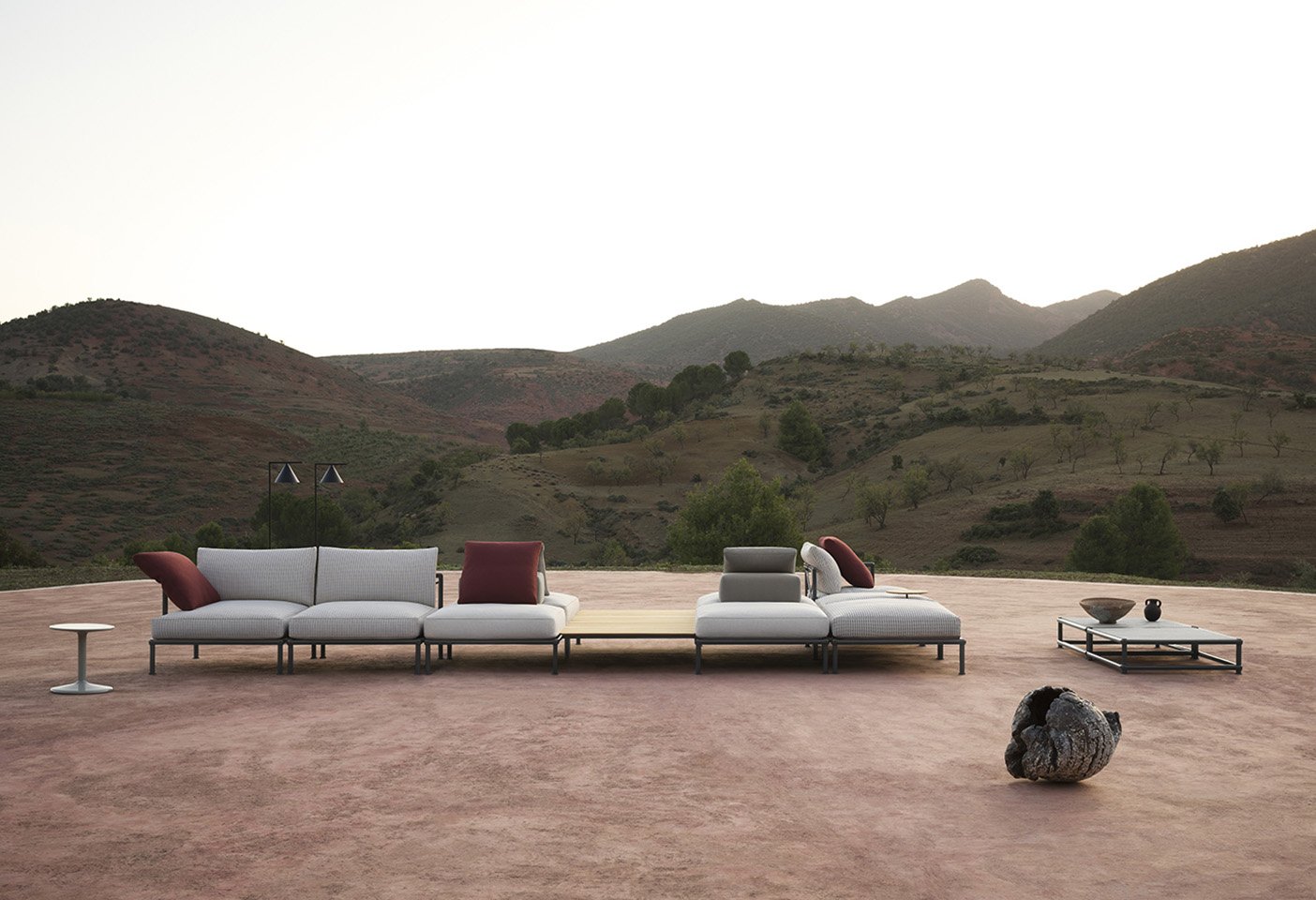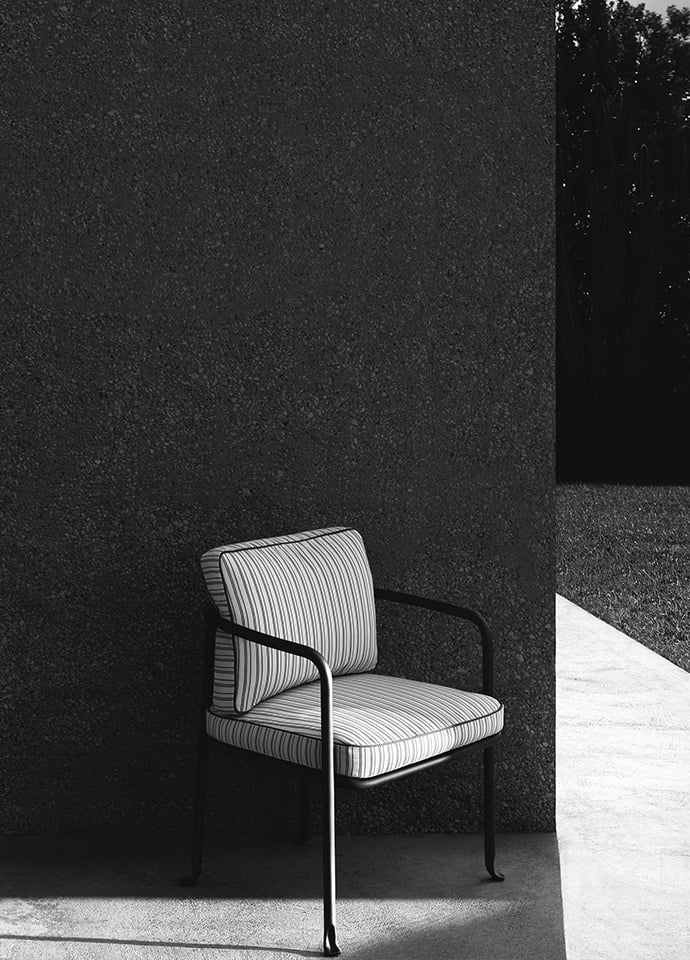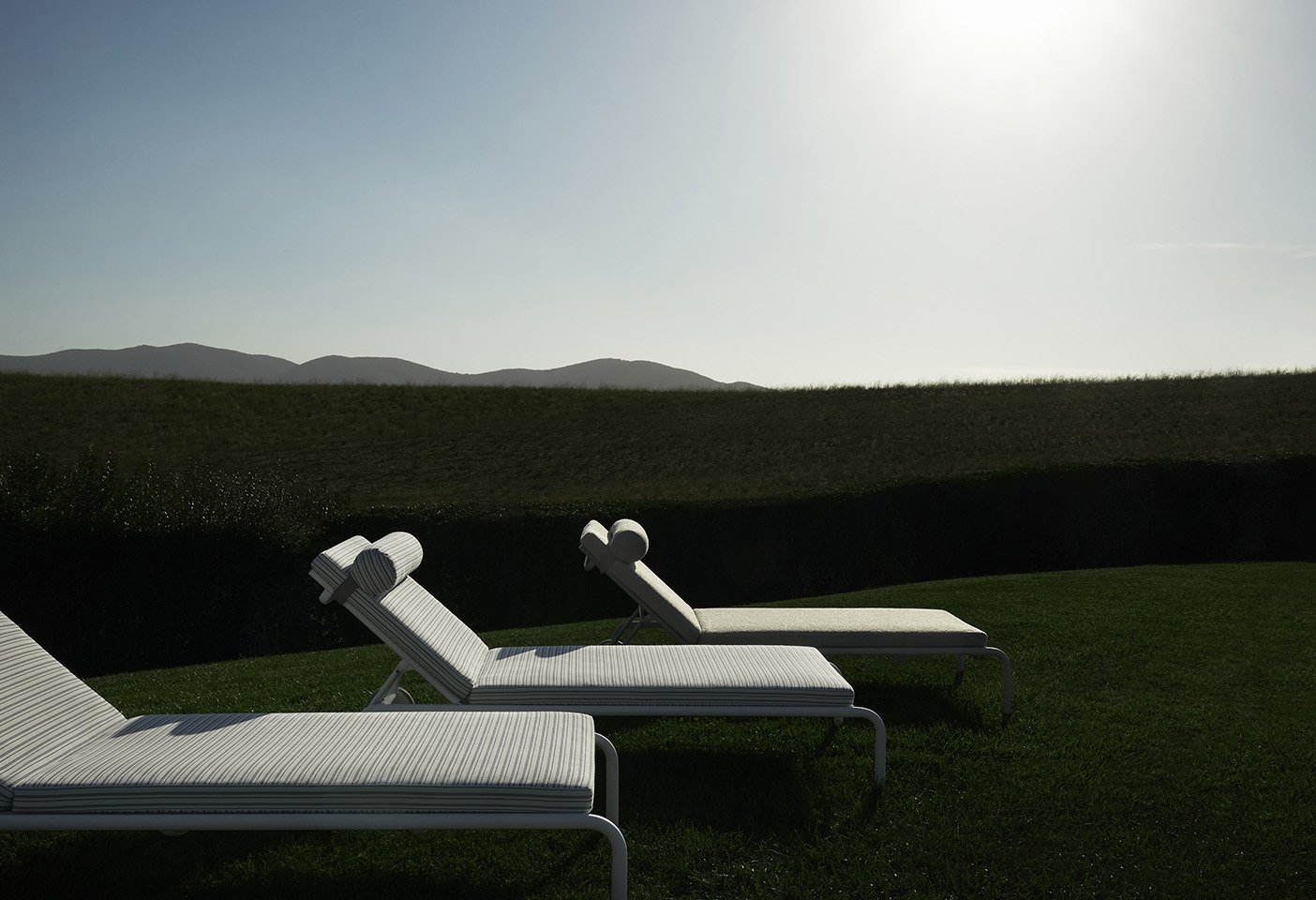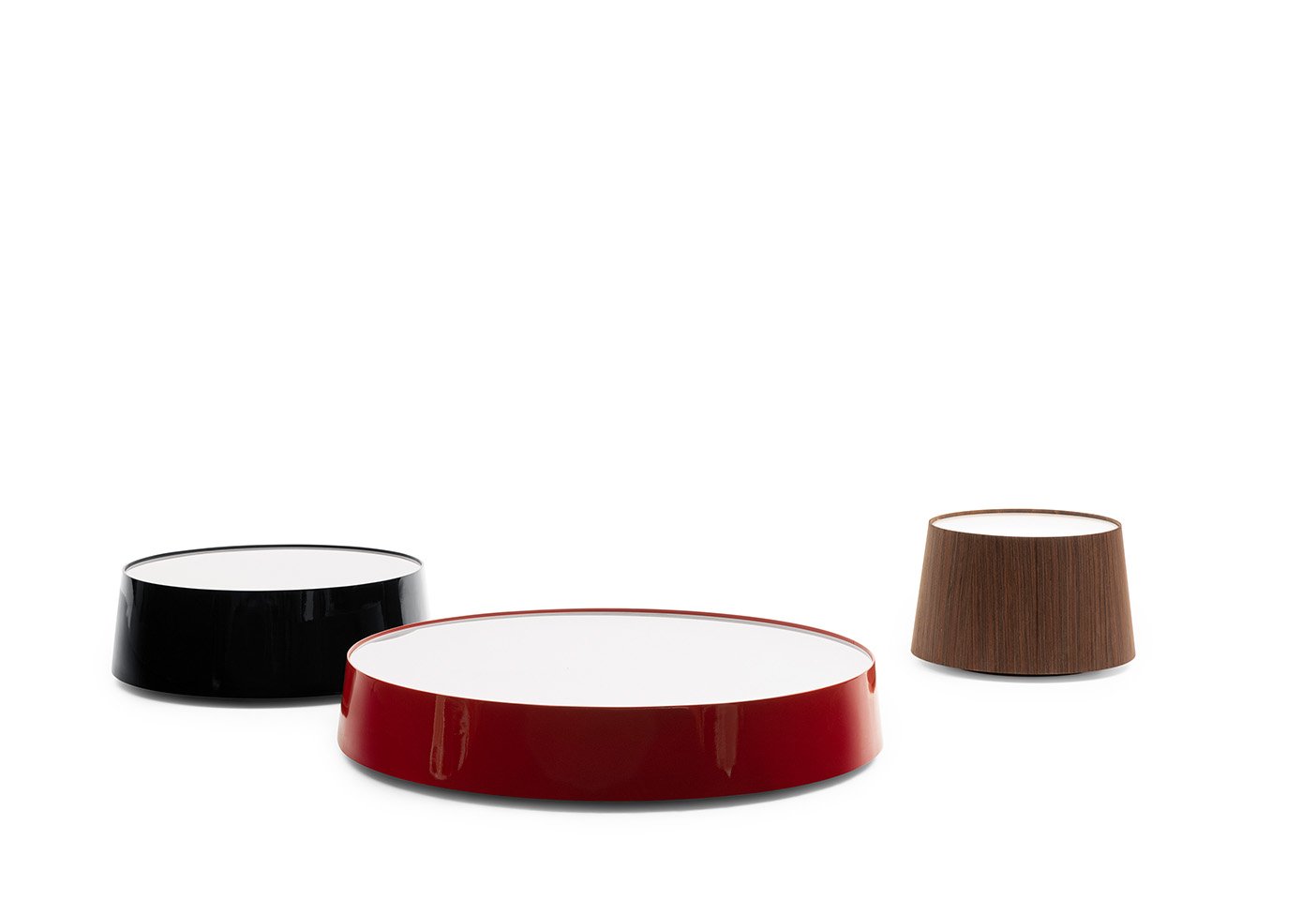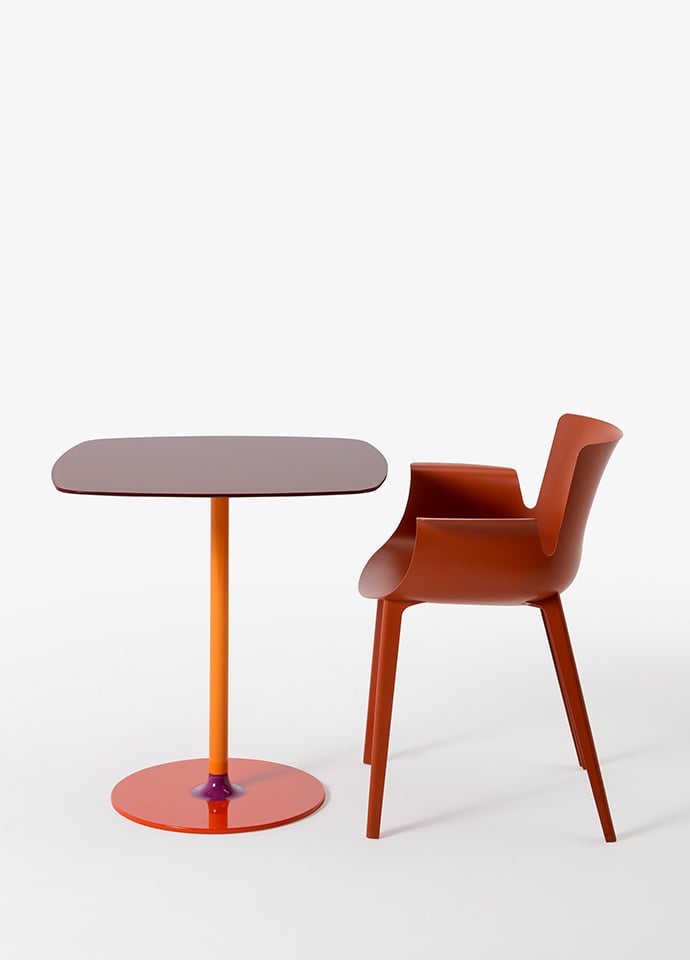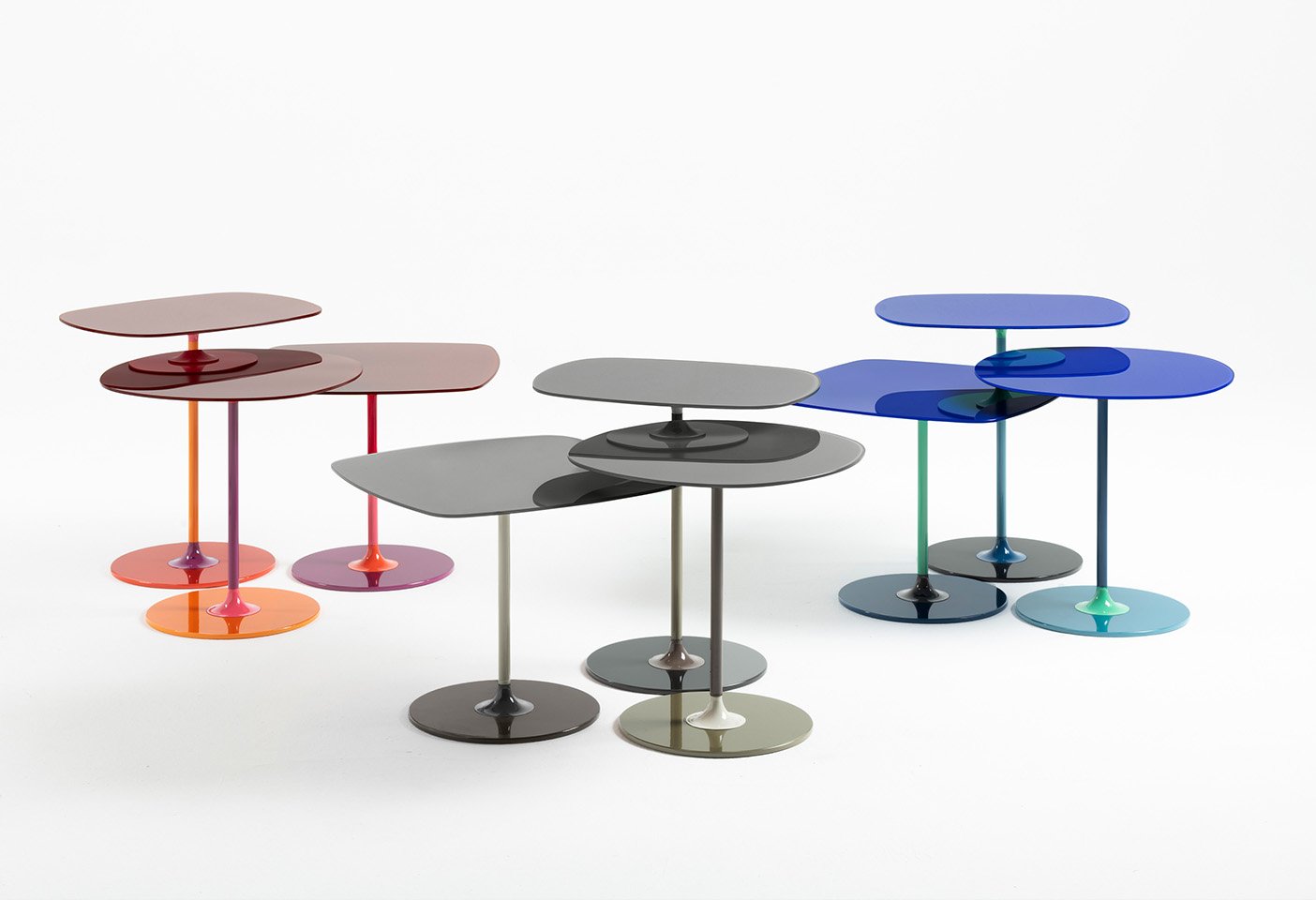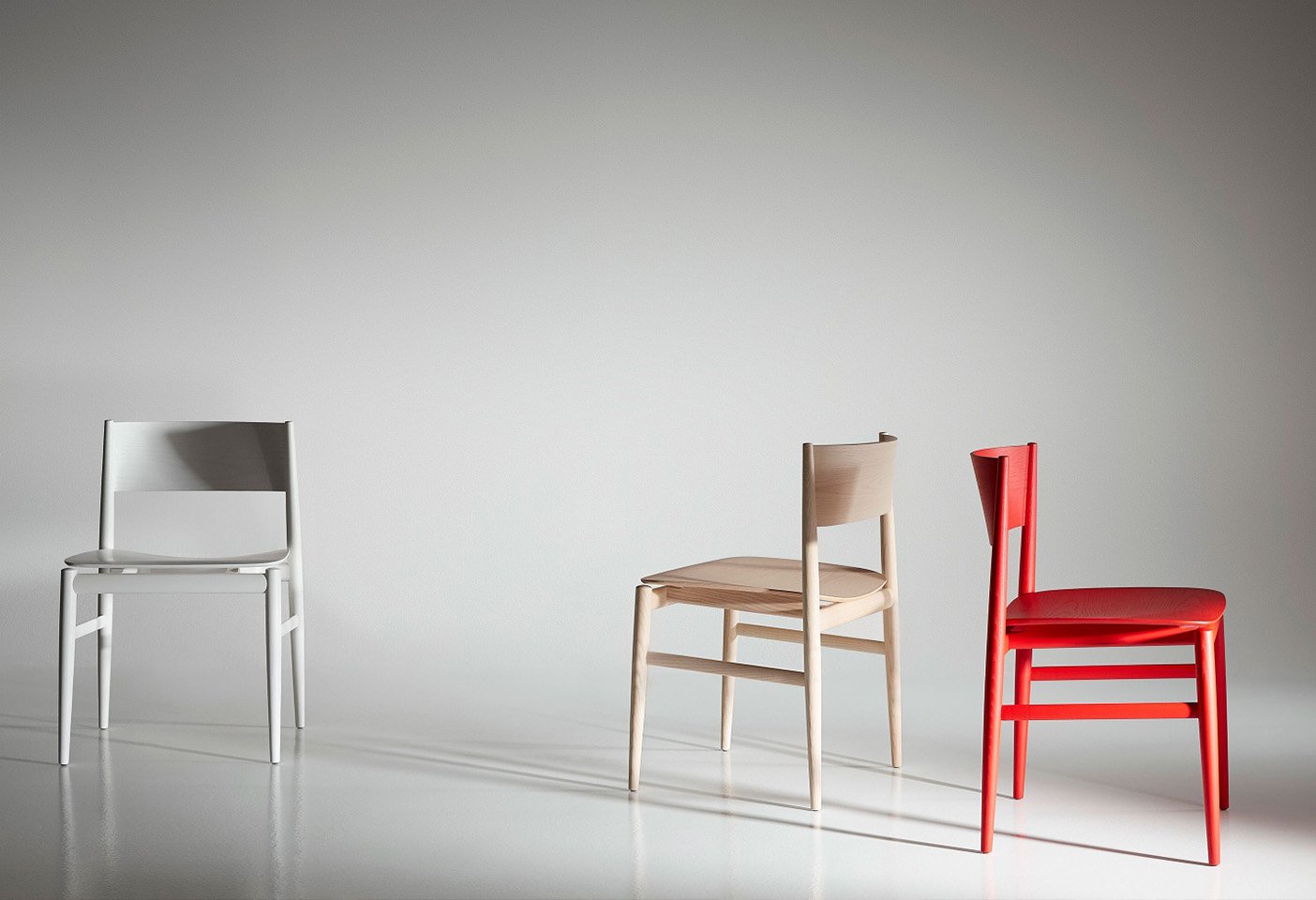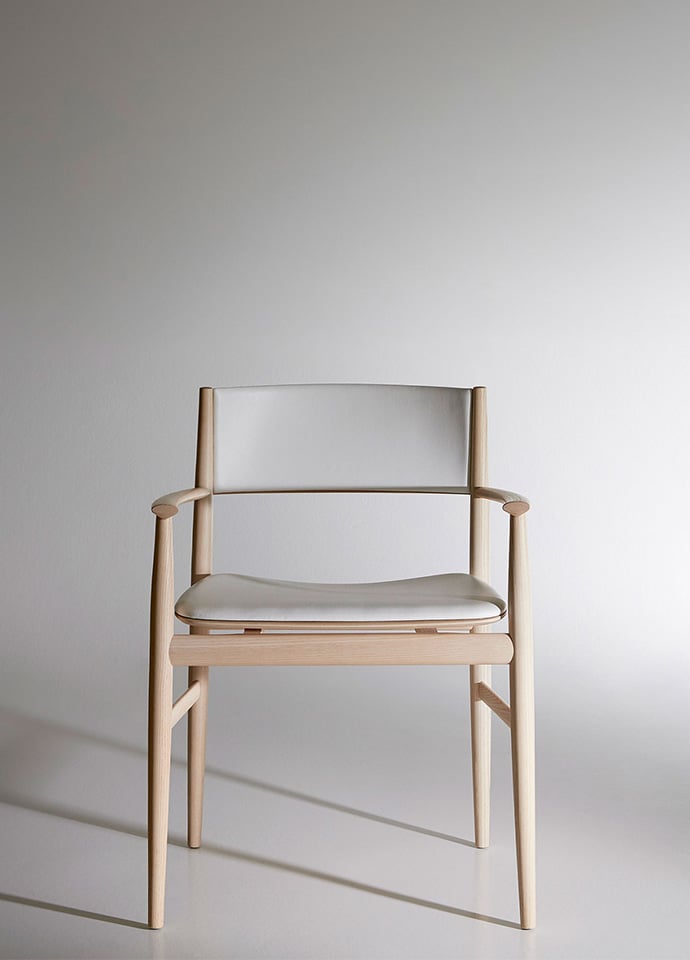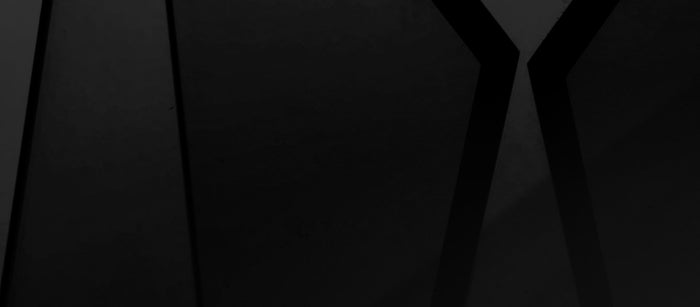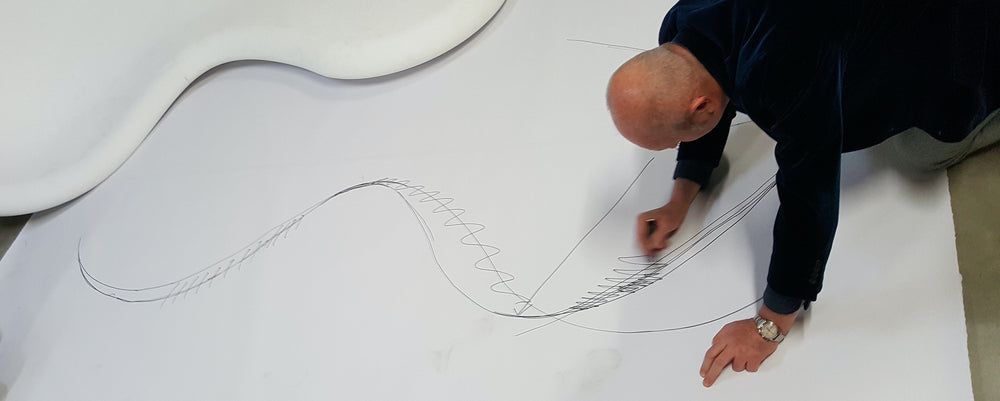
In Sydney to celebrate Space's 30th birthday, More Space caught up with the Milan-based designer, architect and art director of B&B Italia, Piero Lissoni, to discuss his collaboration with B&B Italia and the ideas behind the Solids installation, the influence of the great master Vitruvius and the importance of an 'artistic attitude,’ and the essential feedback between us and nature, and why AI may always need our human touch.
Hello Piero, welcome back to Australia. Last time we chatted, you had just returned from Iceland which you described at the time as an ‘absurd contrast of scenography.’ This time you were in the Central Australian desert. What is your impression of Uluru?
Uluru is like the ocean. It’s sand and bush and trees, and in the middle of that ocean you see an iceberg. You feel the power immediately. The energy and feedback between us and nature. The real part of that special iceberg is seven kilometres underground, so in my mind it is a stone iceberg. You can touch this kind of aura, and open another level of spirituality that the aboriginal people are in touch with.
What is it like being back here in Sydney to celebrate Space’s 30th?
It is so good and also strange. I was first in Sydney in 2005, back in 2012 and now again in 2023. Twelve years later Sydney has moved on incredibly. It is a real capital. The dimension of six million people and the topography, you feel that you are inside a humanistic town. With Space it is a good cocktail between efficiencies and qualities of life. The people are a community, I feel the culture of community here. You now need to work with a young architect from Milan (laughter).
We have spoken about the importance of nature, art, history and culture in your work, how do your projects connect with those influences?
We need to think about our level of life in terms of intellectual thoughts, and the design of complexity. Some people lose themselves to other thoughts, money, business, results. If you close your eyes and ears, you stop seeing things. I feel respect for nature, for the meaning of nature and the quality of its incredible power. With that complexity you need to understand culture, to know a lot and transfer that information. Arts, noise, painting, colour, nature, the crossover of a multi-dimensional life. When you design architecture or furniture, or an industrial piece, it’s all the same. You need to think about the inferences between the object and what happens around it, between us, me you. It’s a strong attitude.

Piero Lissoni at the Space 30th birthday party in Melbourne, finding himself on the photo wall that featured Space's design guests over the past three decades. Photo c/o Space.
Can you tell us a little more about something you refer to as ‘uncomfortable simplicity'.
One hundred years ago when we designed in the Baroque or Rococo time, or before that again in the Renaissance time, we never designed because we needed it. We designed because we put in some beauty, to adapt to the users. We live inside a special natural functionality. Think about flowers. Is their beauty only about looking beautiful? No, beauty for flowers is to attract insects. It’s a special system. I like the idea, first to be uncomfortable, and second to follow this natural beauty. When you design you need to put this consciousness inside. You also need to be contemporary, to think my god, I’m living in 2023. Simplification is a strong exercise which is very complicated from the beginning. After that you start to simplify everything but if you are not complicated in advance, people jump immediately into banality. So I always picture something inside with a few lively elements. Sakè of course is not a sofa, it is not an armchair, it is not a bench, it is something different depending on which way you like to use it. So, for sure it is uncomfortable (laughter).
You once described B&B Italia as an ‘amazing target’, what has working with a company that has a long history and deep knowledge allowed you to do?
When you start to work with a company like B&B Italia it is like moving inside a temple. Like Uluru, it is a huge iceberg and you need to understand what happens down there. B&B Italia started being contemporary in the 1960s so when you work with a company like this, first you need to respect, then you need to adapt and third you need to drive something inside. Which way is possible to communicate B&B Italia, which way is efficient commercially, which way can you make new pieces and work with new technologies. But at the same time you are working with this long, long life and I like to use energy and think about the cultural boundaries. Sometimes, when I discuss with the investors, because B&B Italia is now part of two strategic funds, and I am not polemic in that, I talk about the need to put another level of complexity inside: heritage, change, historical attitude, the future. At the same time, if you try to be too aggressive it becomes Piero Lissoni’s B&B Italia. It needs to be B&B Italia, with or without me.
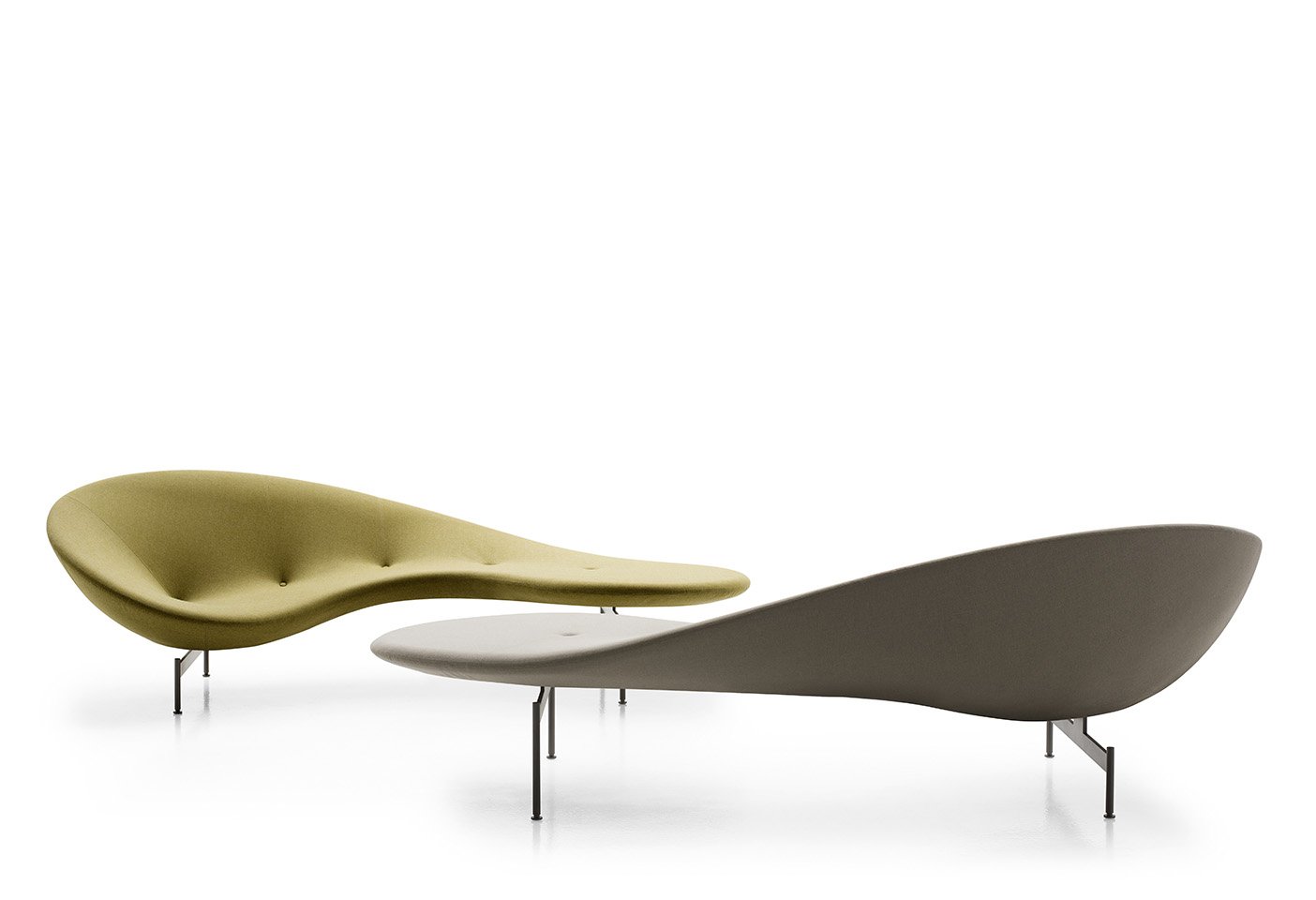
The sinuous lines of the Eda-Mame sofa by Piero Lissoni for B&B Italia. Photo c/o B&B Italia.
'When you start to work with a company like B&B Italia it is like moving inside a temple. Like Uluru, it is a huge iceberg and you need to understand what happens down there. B&B Italia started being contemporary in the 1960s so when you work with a company like this, first you need to respect, then you need to adapt and third you need to drive something inside.'
Piero Lissoni, architect, designer and art director of B&B Italia
You design for furniture brands including Glas Italia and Kartell, and you are also the art director of Porro, Living Divani, and most recently B&B Italia. What does your role at B&B Italia involve?
As art director I move through B&B Italia horizontally. I choose new designers and I work with the factory on technologies, on a new level of industrialisation and to see which way is possible to achieve new aesthetics, after that you move to the commercial side and marketing. Some products are good for image and credibility, and if you are a leader like B&B Italia you need to take some risks. It involves being humble, gentle, aggressive or intelligent in terms of construction price and the selling moment. The role is broad and now very fashionable to describe as holistic (laughter).
Can you talk about the 2023 installation 'Solids' that took over the B&B Italia store during Milan Design Week.
The whole project is exciting, it is like embroidering something so complicated into one fabric. When you do it, you don’t understand each element, but when you see the whole thing together you understand it. I work like this. I like to play around with a new level of contemporary. I don’t talk about the level of success but the intellectual level of communication. For me personally, B&B Italia for many years was a little bit too bourgeois. I try to respect this kind of artisan but then I think about putting inside a small drop of artistic attitude, a little bit more radical, a little bit more modern, and a little bit more surprising.
'As art director I move through B&B Italia horizontally. I choose new designers and I work with the factory on technologies, on a new level of industrialisation and to see which way is possible to achieve new aesthetics...'
Piero Lissoni, designer, architect and art director of B&B Italia
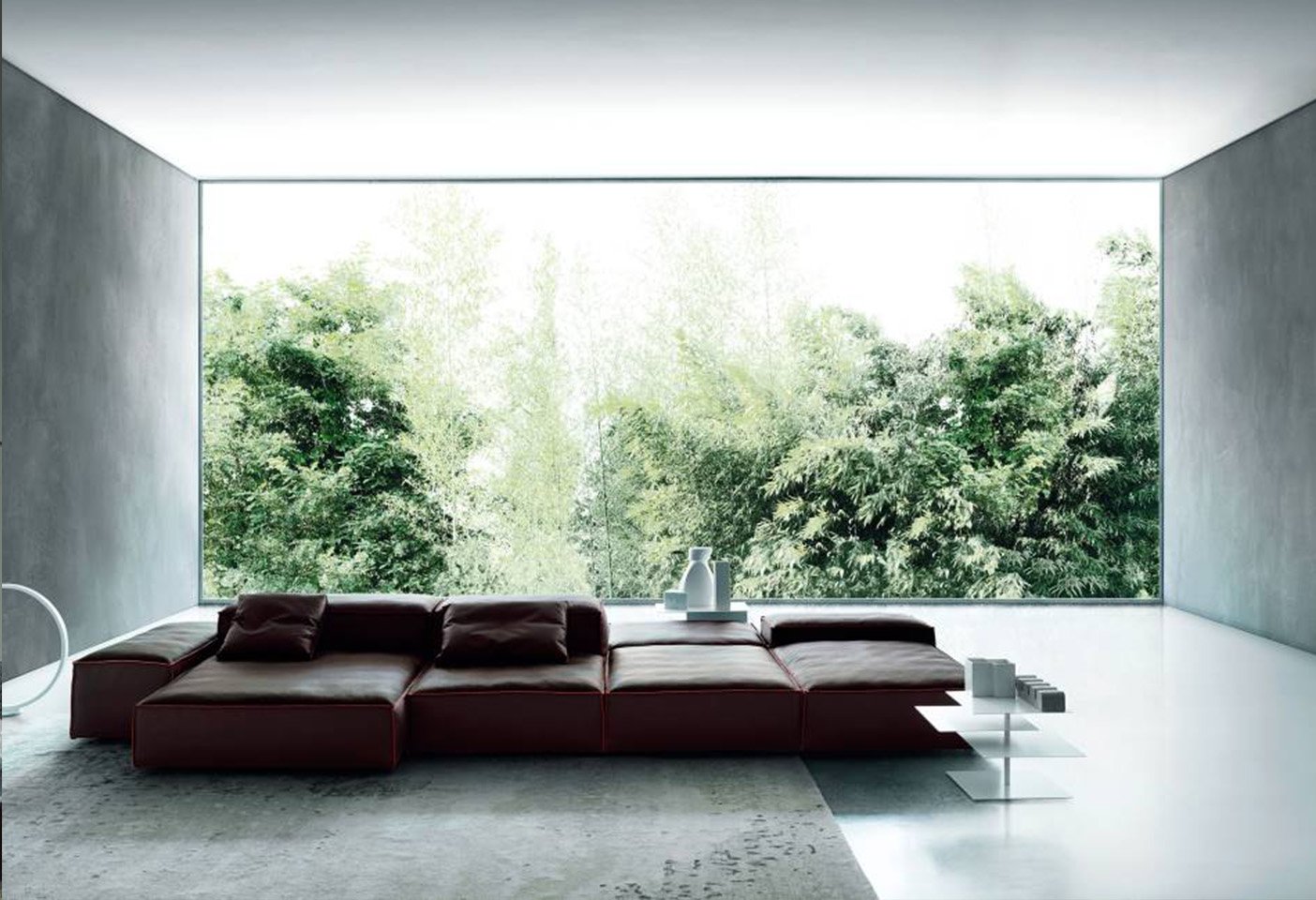
Another composition of the Extra Soft sofa designed by Piero Lissoni for Living Divani. Photo c/o Living Divani.
What do you love about being a designer?
I am an architect, sometimes I am a designer, and sometimes I am a graphic designer too. Working like this you need to use the approach of Vitruvius. He said many, many years ago, to be an architect you need to be an engineer, a sculptor, painter, poet, a mathematical person, a worker, a musician, a craftsman. So, when I design something, it doesn’t matter if it is architecture or design, I like to know everything about the process. Vitruvius talks about that process and a very humanistic approach. I try to use that same humanistic approach. If I disconnect and research technologies, poetry, production materials, I am not a designer, I am somebody else. I am so happy because I didn’t choose a profession, I chose a passion. All of my projects, it doesn’t matter if they are small, big, or far away, for me they are all unique. When I work as an art director, I think about what is possible. When I work as a designer I focus on doing my best around one piece, whether it is a tooth brush or a strange light with high technology inside, or a sofa with a super industrialised body and the correct aesthetic around it. Everything for me is important.
What is the smallest and the largest project you are working on right now?
For the largest project, we started to redesign an old quarter in Shanghai near the Bund, a classical Chinese quarter built from the beginning of the first world war around 1915. We saved some of the old liberty villas inside and one very interesting quarter, and then everything else is new. We have designed small houses with a maximum of three floors around gardens and a lake like a garden town. I am also working on a small control system for a domestic heater. I minimised the dimension of the control because I don’t like to see it, so that has meant shrinking the technologies inside, a nightmare for the engineer.
What are your thoughts about AI and what it might offer, or take away from, design and designers?
We are all using AI in iPhones, intelligent televisions, software and apps. So I think using intelligent AI as a tool is okay, but if you think you are not good enough so you use intelligent AI, I think that is stupid. I work with young people who don’t touch the wood with their hands, they work the wood with special robots and machinery, others work with technologies like a violinist, or with a mouse and keyboard. Some things we lose and others we gain and I am interested in that design process. If you stay inside an old panorama it is a bit rambunctious. Two years ago some guys from California came to the studio to show me this new super intelligent software for designing. They asked me to first study the system and after that to judge. The system was very good. They chose nine chairs, more or less similar, and two chairs completely wrong, and one chair completely outstanding. The AI did the calculation and started to design four new chairs. I was surprised by the quality, but at the same time I felt it needed the human touch to be a chair. In the next 10 years AI will become more intelligent and if they don’t need us, va bene (laughter). In the past I was a skiing instructor, so maybe I will move back to my old profession.
Thank you Piero, it is always great to catch up with you!
